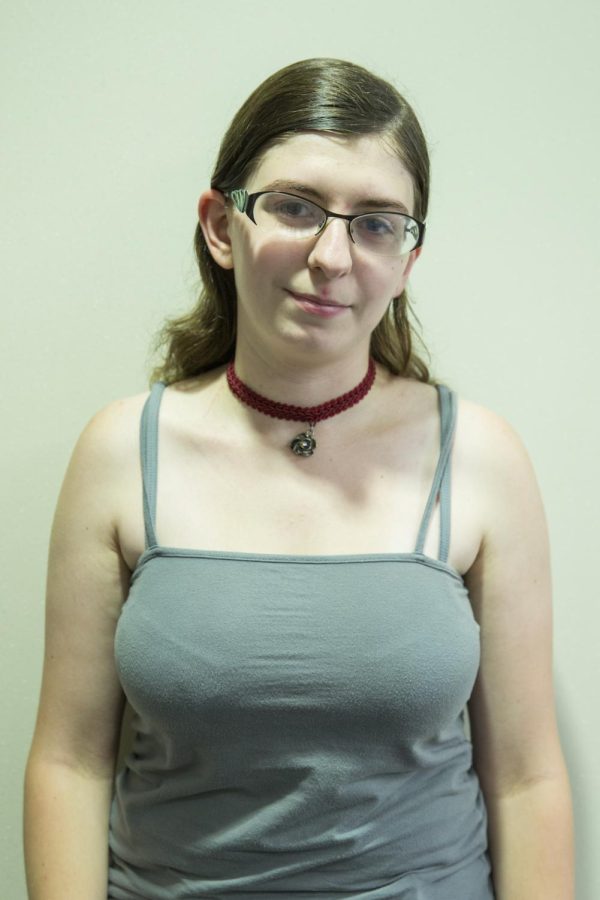Opinion: Artists and friendship
October 25, 2015
If you’re an artist, you’re probably familiar with a feeling called creative exhaustion; more commonly known as artist block. As an author, this means writer’s block is something that happens equally often when selecting article topics and writing long form stories.
Being an artist means recognizing and seeking out influence, often in the form of other artists. Talking through ideas with your fellow artists is the best way to overcome the inhibitions your creativity is facing.
It makes sense. After all, scientists do science col- lectively. One study is done and read and evaluated by other experts in the field. Then, if it stands up to peer review, it becomes the basis for more research.
This is what happens with art and literature. Everything has several influences that make you explore a concept, which is what good art is.
Art is not a science, of course. It’s inexact, it’s imperfect and that’s what makes it beautiful. There are certain things that cross spectrums and the connection of someone’s work, whatever it might be, to the rest of their field is one of those things. Artists influence each other through their art the same way scientists influence each other through their research.
Talking to other artists makes you realize how expansive your possibilities can be. There might be a single word or a single phrase that stands out in a conversation and soon you have an entire storyboard or the first few chapters of a novel in the works. Talking about creation leads to creation.
Even greater is the possibility of changing mediums. If you’re a short story author who has friends who love to shoot video or draw concepts or scenes, you’ve got the makings of a multimedia project.
Changing mediums can refine art. When you’re writing dialogue, the best plan of attack is to say all spoken lines out loud—preferably in the tone of voice and accent of your character. Yes, every character to an author has a tone and accent. If you are reading stories as nothing more than words on a page then you are reading them wrong.
Speaking of dialogue, having artistic friends means having people with whom to read. Mutually helping each other perfect scenes and characters is one of the benefits of sharing work with the people around you. This is different from a collaboration, which is as often a disaster as it is beneficial.
Collaboration means compromise, which is painful when you’re attached to something you’ve created. We’re all attached to the things we create. Passion drives creativity.
Maybe the best part of artists being friends with artists is the supply of beta audience members. It becomes increasingly difficult to find people willing to look and and judge your work the longer it takes to evaluate it. It’s a bit much to ask my non-author friends to read a draft of a full length novel and when my film friends want documentary criticism, I’m all but useless.
Carlyle Addy is an opinion writer for The Kent Stater. Contact her at [email protected].

























